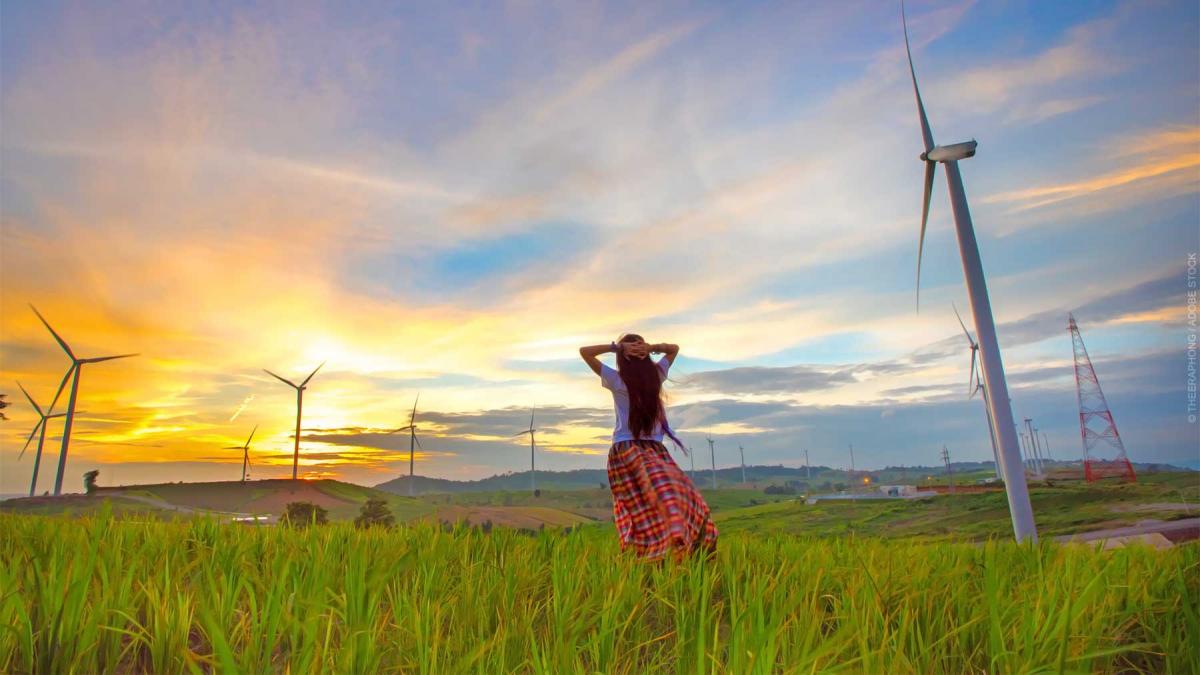India explores procurement design solutions that help minimize both generation and system integration costs. Solutions include time-based incentives and penalties, aggregators or virtual hybrids, physical hybrids, and locational signals.
USAID supports partner countries to accelerate the clean energy transition by helping design and implement auctions that can rapidly scale clean energy at low prices and advance national economic and clean energy goals. USAID provides support for auctions through bilateral and regional energy programs and a variety of programs managed out of Washington, D.C.
On October 31, 2019, USAID’s Partnership to Accelerate Clean Energy Deployment 2.0 Renewable Energy (PACE-D 2.0 RE) program held a workshop with the Solar Energy Corporation of India (SECI) and other energy stakeholders to discuss options for system-friendly competitive renewable energy procurement in India. This workshop served as the basis for a white paper, “System-Friendly Competitive Renewable Energy Procurement in India” (PDF 1MB).
The presentation covered the following topics:
- How to procure resources that meet your power demand;
- Why you should consider the system costs and benefits of renewable energy in the award decision;
- How to minimize both generation and system integration costs;
- Procurement design solutions such as time-based incentives and penalties, aggregators or virtual hybrids, physical hybrids, and locational signals; and
- Global best practices on competitive procurement that are applicable to India.
After the successful bid of its 1.2 GW time-block tender in January 2020, SECI launched in March 2020 a bid of 5GW of round-the-clock power, marking a big transition toward system-friendly procurements of renewable energy in India that lower generation and integration costs. The SECI tenders incorporated several learnings and global best practices from USAID, such as:
- Requiring time-based incentives to help match RE generation with the demand curve
- Considering renewable energy grid integration costs in the award decision which vary with location
- Making the tender technology agnostic which allowed developers the option of using a portfolio of technologies that delivered energy at the least cost
- Prescribing strict Capacity Utilisation Factor limits which ensured a minimum quantum of power was available for off takers like the distribution companies.
- Allowing the use of energy storage or any RE generation available during peak hours to make RE more dispatchable.
According to SECI Director of Power Systems S.K. Mishra, USAID’s presentation on system-friendly renewable energy procurements informed both round-the-clock power tenders.



